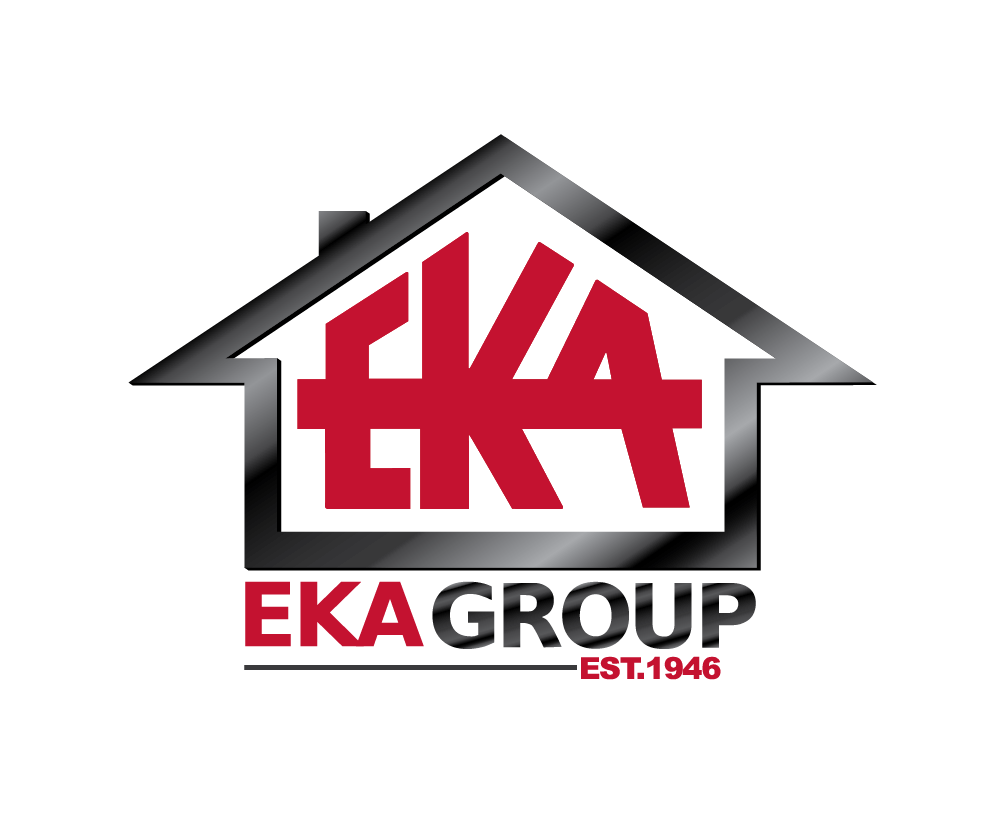
Ultimate Guide to Choosing LVT Flooring for Modern Homes and Its Environmental Benefits
Choosing the right flooring is a pivotal decision for modern homeowners, and LVT flooring (Luxury Vinyl Tile) has emerged as a top contender in the market. According to a recent report by Allied Market Research, the global LVT flooring market is projected to reach $29.0 billion by 2026, growing at a CAGR of 6.7% from 2019 to 2026. This surge in popularity can be attributed to LVT flooring's unique blend of durability, aesthetic appeal, and ease of maintenance, making it ideal for contemporary living spaces. Additionally, LVT flooring offers significant environmental benefits, including its potential for lower carbon footprints and the use of recycled materials in manufacturing processes. As sustainability becomes an increasingly vital aspect of home design, understanding how to choose the right LVT flooring can not only enhance a home’s style but also contribute positively to the planet.
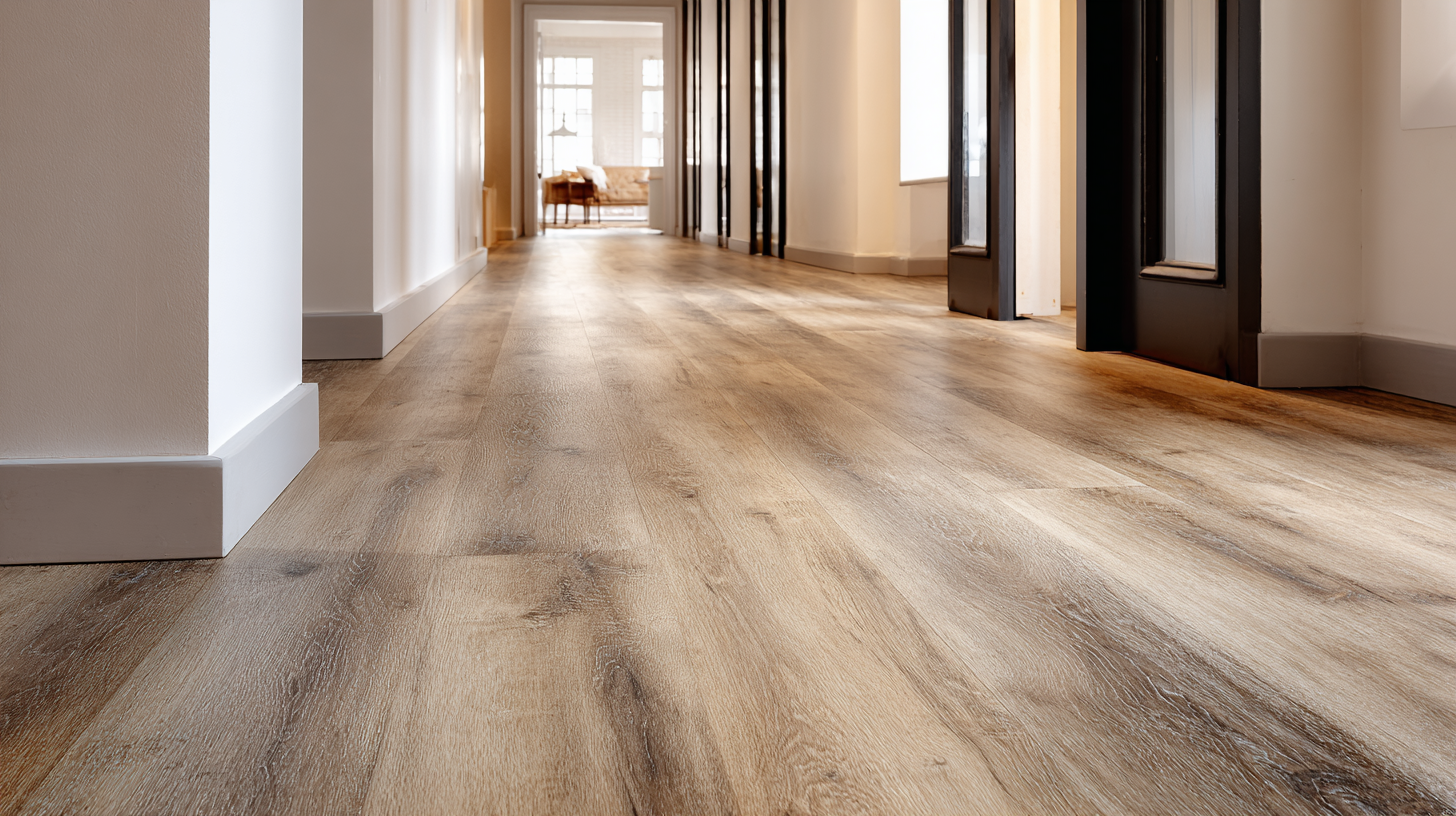
Factors to Consider When Choosing LVT Flooring for Modern Interiors
When selecting Luxury Vinyl Tile (LVT) flooring for modern interiors, several key factors come into play. First, consider the aesthetic appeal of the flooring. LVT comes in an array of designs, colors, and textures, mimicking natural materials like hardwood and stone. This versatility means you can find the perfect match for your home’s decor. Additionally, it's crucial to evaluate the wear layer thickness; a thicker wear layer provides better durability, especially in high-traffic areas.
Tips: Always request samples to see how the LVT fits with your existing colors and materials before making a final decision.
Another important factor is the sustainability of the flooring. Many LVT products are now made from recycled materials and offer environmentally friendly options. Look for certifications such as FloorScore or GreenGuard, which ensure low VOC emissions and contribute to healthier indoor air quality.
Tips: When shopping, ask about the manufacturer’s environmental practices to ensure you're making an eco-conscious choice.
Understanding the Different Types of LVT: Features and Benefits
When selecting luxury vinyl tiles (LVT) for modern homes, it’s essential to understand the different types available and their unique features. LVT is primarily categorized into two types: glued and click-lock. Glued LVT offers a more permanent solution, providing a robust and stable flooring option that’s ideal for high-traffic areas. Its adhesive backing allows for easy installation, but the process can be more labor-intensive. On the other hand, click-lock LVT is designed for straightforward DIY installation, making it a popular choice among homeowners looking for convenience. This type provides a floating floor system that can expand and contract, making it resilient against temperature changes.
Each type of LVT carries its own set of benefits. For example, many LVT products are designed to replicate the look of natural materials like wood and stone, offering aesthetic appeal without the maintenance concerns associated with these materials. Additionally, LVT is generally resistant to moisture, making it an excellent option for kitchens and bathrooms. Furthermore, its durability and low upkeep requirements make it an eco-friendly choice, as it often outlasts traditional flooring options, reducing waste over time. Ultimately, understanding these types and their benefits can guide homeowners in making informed decisions that enhance their living spaces while considering environmental impacts.
Sustainability in LVT Flooring: Environmental Impact and Certifications
When considering the environmental impacts of luxury vinyl tile (LVT) flooring, it's crucial to focus on sustainability metrics such as recycled content, VOC emissions, and recyclability. The recent trend in the resilient flooring market indicates a growing demand for products that adhere to eco-friendly practices. As manufacturers explore innovative materials and production methods, there is a notable shift towards integrating sustainable design principles, ensuring that performance does not come at the cost of environmental integrity.
Moreover, many companies are actively phasing out harmful substances like PFAS (per- and polyfluoroalkyl substances) from their flooring products. This concerted effort reflects a commitment to reducing toxic impacts on both consumers and the environment. For instance, the introduction of bio-circular balanced materials in LVT signifies a step towards carbon reduction and increasing the sustainability profile of floor coverings. As the industry moves forward, the alignment of aesthetics with environmentally conscious choices will play a pivotal role in shaping the future of modern homes.
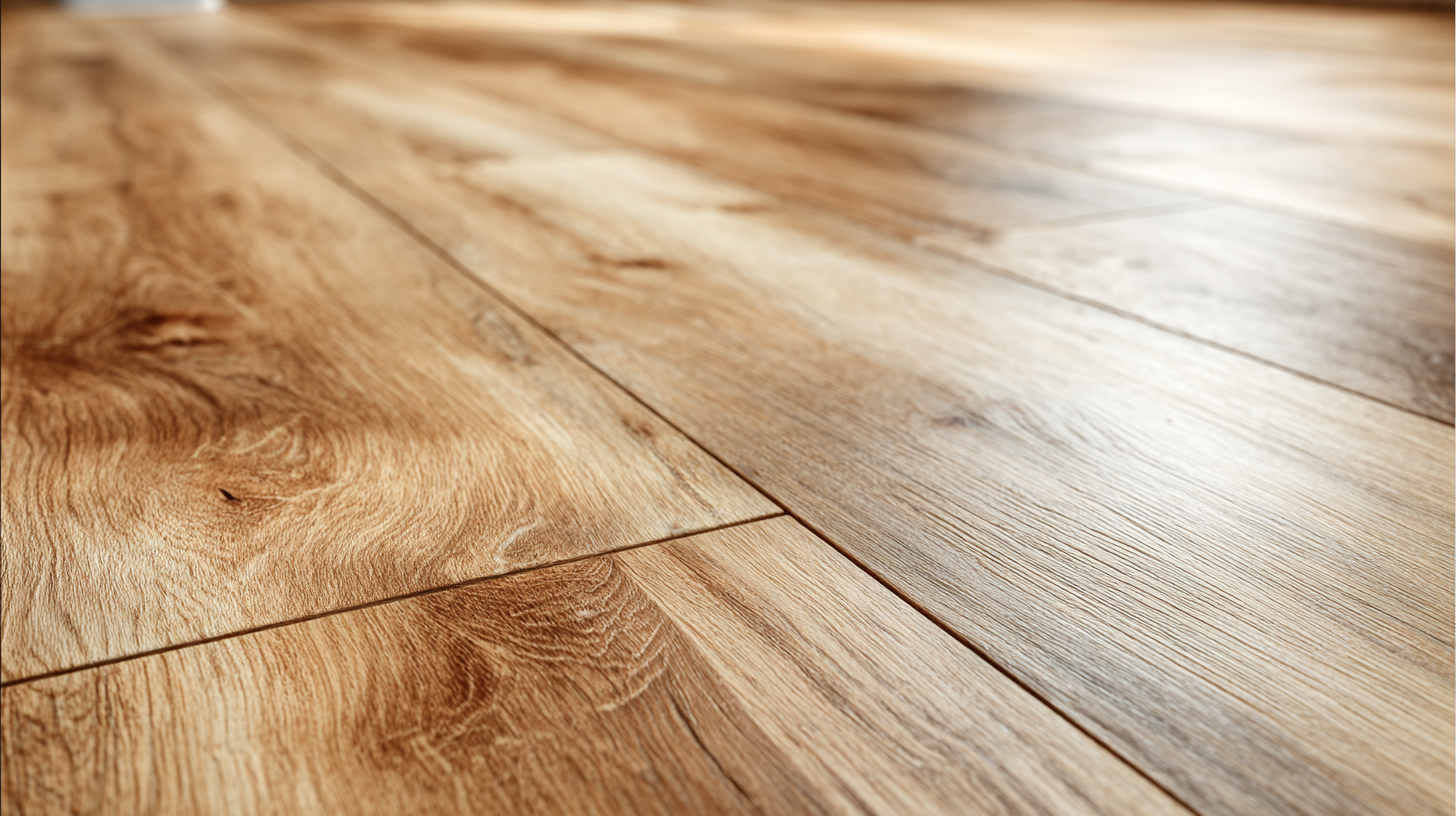
Cost Analysis: Comparing LVT with Other Flooring Options in Modern Homes
When considering flooring options for modern homes, a cost analysis reveals that Luxury Vinyl Tiles (LVT) often emerge as a competitive choice. According to a report by the Flooring Contractors Association, LVT typically ranges from $2 to $7 per square foot, significantly less expensive than natural hardwood, which can cost between $5 to $12 per square foot, depending on the type and quality. Additionally, ceramic tiles, while durable, can average around $4 to $8 per square foot. This makes LVT not just a stylish alternative but also a budget-friendly option for homeowners looking to balance aesthetics with cost.
Moreover, LVT boasts lower installation costs compared to other flooring options. An estimate from the National Floor Covering Association indicates that installation of LVT can run as low as $1.50 per square foot, while hardwood installation can exceed $5 per square foot due to the skill required and the additional materials needed for underlayment. Taking into account these factors, LVT is not only appealing in design versatility but also a financially sound investment, bringing modernity to homes without straining the budget.
Cost Analysis of LVT Flooring Compared to Other Flooring Options
This bar chart illustrates the average cost per square foot of various flooring options commonly used in modern homes. LVT (Luxury Vinyl Tile) stands out as an affordable choice compared to hardwood, tile, carpet, and traditional vinyl options, making it an attractive option for homeowners considering both cost and style.
Maintenance and Longevity: How LVT Stands Up Over Time Compared to Alternatives
Luxury Vinyl Tile (LVT) flooring has gained significant traction in modern homes due to its impressive maintenance and longevity. According to a report by the Resilient Floor Covering Institute, LVT can last up to 20 years with proper care, making it a durable choice compared to traditional hardwood or carpet flooring, which may require replacement within 10 to 15 years. This extended lifespan not only presents a cost-effective solution over time but also contributes to reducing waste in landfill sites.
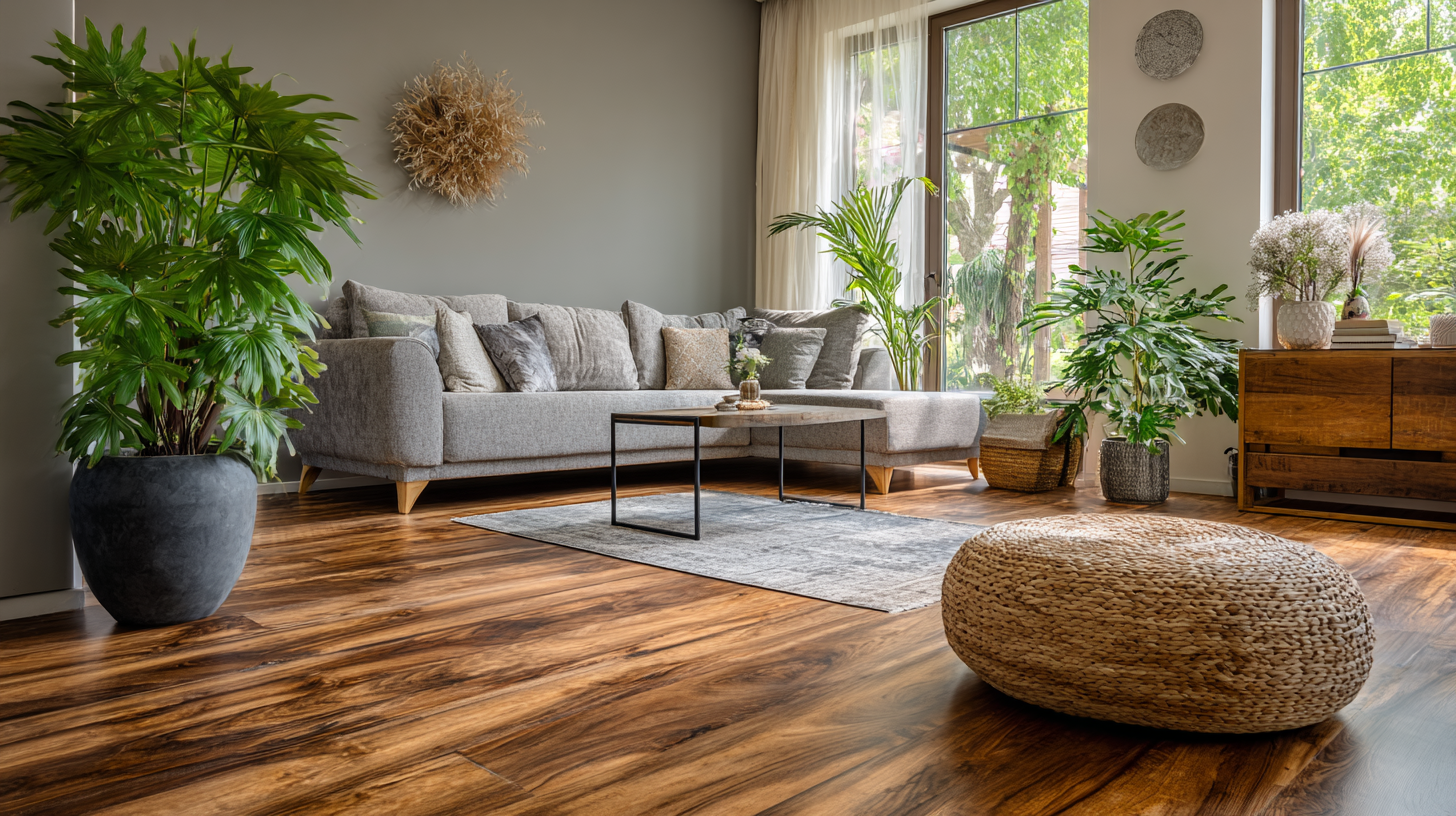
One of the standout features of LVT is its ease of maintenance. The National Association of Home Builders highlights that LVT requires minimal upkeep, needing just regular sweeping and occasional mopping with a gentle cleaner. This contrasts sharply with the maintenance demands of hardwood, which may require sanding and refinishing every few years. Furthermore, LVT’s resilience against scratches, stains, and moisture makes it an ideal flooring option for high-traffic areas and homes with pets or children. With advancements in technology, modern LVT products often incorporate protective layers that enhance their longevity, ensuring they retain their aesthetic appeal and functionality over the years.
Related Posts
-
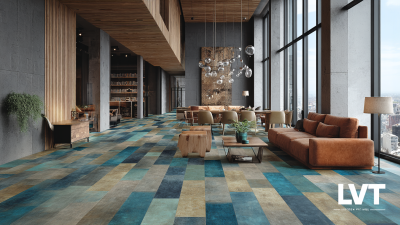
The Ultimate Guide to Sourcing Top Quality Suppliers for the Best Lvt Tile Flooring Worldwide
-
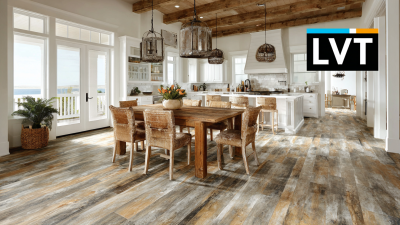
How to Choose the Best LVT Tile Flooring for Your Home Decor
-

Mastering LVT Flooring: A Comprehensive Guide to Choosing the Perfect Design for Your Space
-

Mastering LVT Tile Flooring Installation Techniques with Professional Insights and Data
-
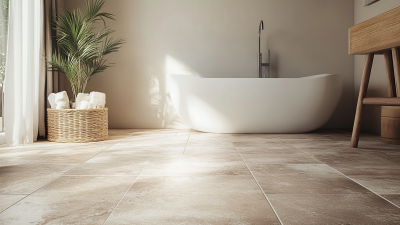
Tile Look Vinyl Flooring vs. Traditional Tiles: A Comprehensive Cost-Benefit Analysis
-

Maximize Your Business Growth at the 138th Canton Fair with Tile Look Vinyl Flooring Solutions
